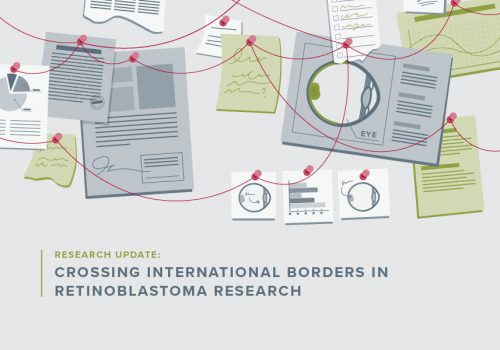When a child gets a stem cell transplant, he or she can be at risk for the life-threatening graft-versus-host disease (GVHD). This disease develops when the donor’s immune cells mistakenly attack the child’s normal cells. Nearly half of patients with severe GVHD will die. But thanks to donors like you, we’re able to fund two projects that could eliminate this fatal disease once and for all.
Support from donors funds research that will hopefully help alleviate GVHD. Here’s how:
Oftentimes, GVHD attacks a child’s digestive system, which causes side effects like abdominal pain or cramps, nausea and vomiting. Bruce Blazar, MD, will test two methods to prevent the disease in the digestive system. He has developed a new therapy that changes the environment in the digestive system and significantly reduces GVHD. Blazar plans to build up the immune-controlling environment before transplant. He will do this by using a special protein to stimulate the parts of the immune system that help prevent bacteria and food proteins from hurting the patient. Another way he plans to defeat GVHD is by taking the parts of the donor’s immune system that prevent disease and multiplying and enhancing them so they can be even more effective in a patient.
Lucie Turcotte, MD, MPH, MS, will examine whether an association exists between donor obesity and GVHD. Both obesity and GVHD are classified as chronic inflammatory diseases, and many transplant donors are obese. To test her theory that there may be a connection, she’ll perform genetic studies on donor blood cells, examining whether specific genetic changes increase risk for GVHD, and measure donor inflammatory status and correlate with recipient GVHD outcomes. If she finds a correlation, this will help doctors select donors who will not put the patient at risk for GVHD, thus reducing GVHD for children everywhere.



